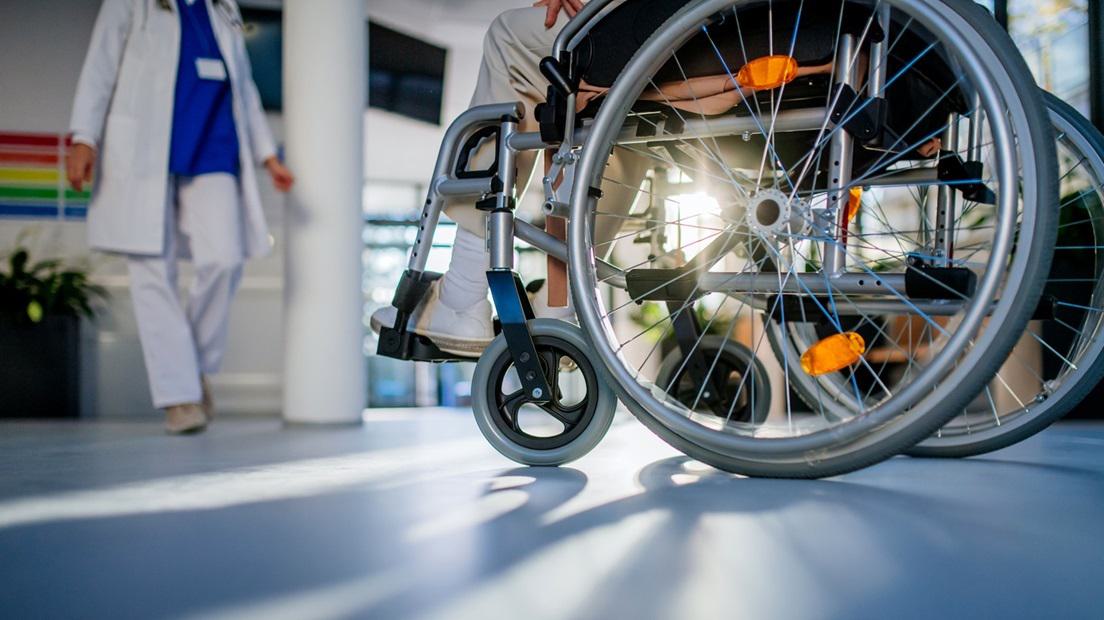Medical Advances to Restore Movement After Paralysis

From electrical stimulation to robotics, NIH researchers are exploring innovative ways to restore movement in people living with paralysis. A recent NIH Research Matters article highlighted several promising approaches aimed at improving the quality of life for those affected by paralysis.
In the U.S., more than 250,000 people live with spinal cord injuries, which often lead to partial or full-body paralysis. Many of these individuals rely on full-time caregivers for activities of daily living. While these emerging technologies may not fully reverse paralysis, they hold the potential to increase mobility and promote greater independence.
One promising technique focuses on amplifying brain signals. If the neural circuits in the spine remain intact, researchers can induce spinal cord stimulation, which involves implanting electrodes surgically. A newer, less invasive model, called transcutaneous electrical nerve stimulation (TENS), uses electrodes placed on the skin. Although the study primarily involved stroke patients rather than those with spinal cord injuries, it showed long-term improvements in grip strength and personal grooming abilities. Some participants even demonstrated step-like leg movements. The invasive version typically provides more immediate results, but neither is commercially available yet.
Another key area of research is controlling bodily functions like bladder, bowel, and blood pressure. One team tested a spinal cord stimulation system aimed at improving bladder control. Another developed a wireless implantable device that monitors bladder filling in real time and sends data to a smartphone.
Exciting progress is also being made in nerve regeneration. For movement to occur, the brain and spinal cord must communicate, but spinal cord injuries often damage the receiver cells, blocking signals. Scientists are experimenting with stem cells that can regenerate nerve cells under the right conditions. These new cells could bridge the gap, helping to restore movement signals between the brain and body. Promising results have already been seen in monkeys, and human clinical trials may begin in the next two years.
Researchers are also using 3D printing to create scaffolding that helps nerve cells grow in precise patterns within the spine. In studies with rats, this approach led to partial movement recovery in their hind legs within six months.
On a completely different front, wearable exoskeletons offer another avenue for regaining mobility. While older models were costly and required significant energy and computing power, newer versions are more affordable and use wearable sensors. Researchers are even developing a database of human motion to train AI systems to better control these exoskeletons.
Tom Duffy has been a member of the board of Magee Rehabilitation Foundation for over 20 years. He is keenly aware of developments in spinal cord care and has obtained 8-figure verdicts for people who have suffered spinal cord injuries in Philadelphia.
Please contact us if you would like to discuss the details of your case.

